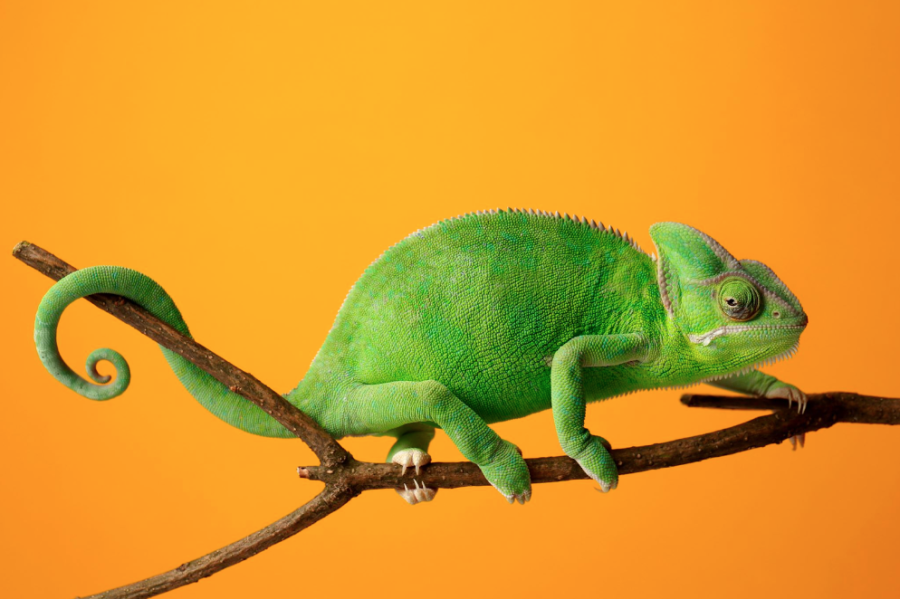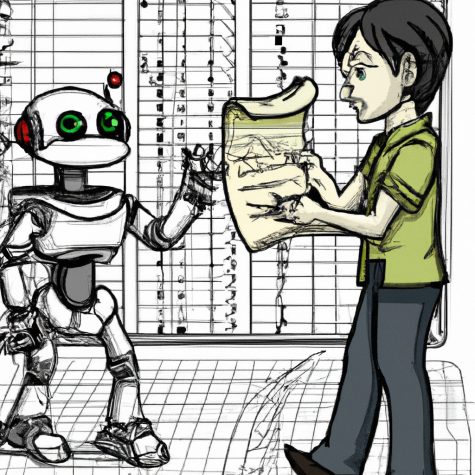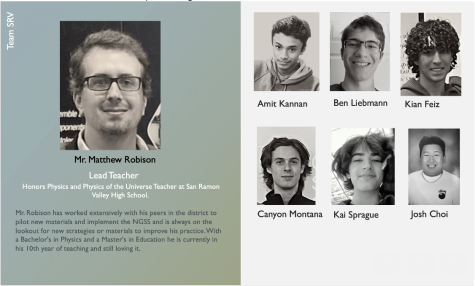The Chameleon Effect: Why You Smell Like Your Friends
A picture of a Chameleon, a species that inspired the name of the effect.
The phrase “monkey see, monkey do” is a well-known phrase among humans as we are developed forms of primates who have learned to become naturally social beings, like many different from us.
However, to our species that we tend to replicate the actions of those who we follow, creatures like dogs and cats only communicate by making noise and bodily functions, whereas humanity, in the past millions of years, has found more ways of communication than any other.
These forms of communication may also branch off into connections and form relationships with other fellow developed primates and call each other “friends”.
But these friends of ours are more than machines we talk to and eventually transform in a connected relationship with a group of people, the effect of a common hivemind can often come into play.
Everyone in this group of friends will start to talk, gesture, and laugh like each other, they will find common interests in articles of gestures and ways of speech.
This is what is known as “The Chameleon Effect”.
The name of the Chameleon Effect stems from the unique but notable reptile, blending into different hues whenever the environment surrounding itself demands it, much like how humans change their behavior to fit who they surround themselves with. For humans, they are typically called “social chameleons”.
Given that this does not only apply to young teenagers having similar traits as their friends, it can apply to employees, mimicking their co-workers to fit into the standard work environment.
A study and subsequent experiment done by Tanya L. Chartrand and John A. Bargh at Yale University in the 1990s, worked with the American Psychological Association (APA) where students were tasked with sessions to interact with each other for a period of 10 minutes, while swapping participants. The conductors of the experiment found that one participant would perform actions similar to the previous participant: if P1 (participant 1) would smile and make other unique facial expressions to P2 (participant 2), P2 would do the same in the next session, albeit with varying degrees of occurrence.
While this effect may not be very well recognized by many, it certainly affects a huge amount of the population. This is typically due to a matter of the effects occurring subconsciously. However, those who have taken or are currently taking a psychology-based course may already be aware of this phenomenon.
Despite its often obscure topic, the effect itself is not uncommon at all, and is perfectly normal for all humans. In fact, due to the subconscious tendency which the mind sticks to when met with a group of people, a hivemind of collected thoughts, expressions, gestures, and forms of speech are bound to occur.
Being a “social chameleon” shows that you are able to easily connect with others, despite many possible differences you may have with a person or a group of people, and that you possess the ability to adapt to many situations, no matter how diverse.
That being said, if you do find yourself with this article and believe you have fallen victim to this social mimicry, there are some things to reconsider before acting on your instinctual attitude that was trained by your friend group. It’s important to know the chameleon effect is also viable for eliminating individualism and unique decision making. Given this, social chameleons are more likely to be followers than leaders, as they may never show interest in initiative or individualistic ambition.
However you look at this article, whether you take it as a sign to get out of the hive mind or you do not mind being a social chameleon and fitting in just right, it is still important that you gain some awareness about the topic, especially if you are not a student who is taking or has taken AP Psychology here at this school, or possibly outside of the school district. Nonetheless, I hope you learned something about yourself or someone close to you by reading this article.
[Learn more about the experiment done at Yale University]
[Learn more about the Chameleon Effect from the National Health Institute]
[A brief analysis done by the Yale scientists as mentioned before, summarizing the effect with the American Psychological Association, also known as APA]












